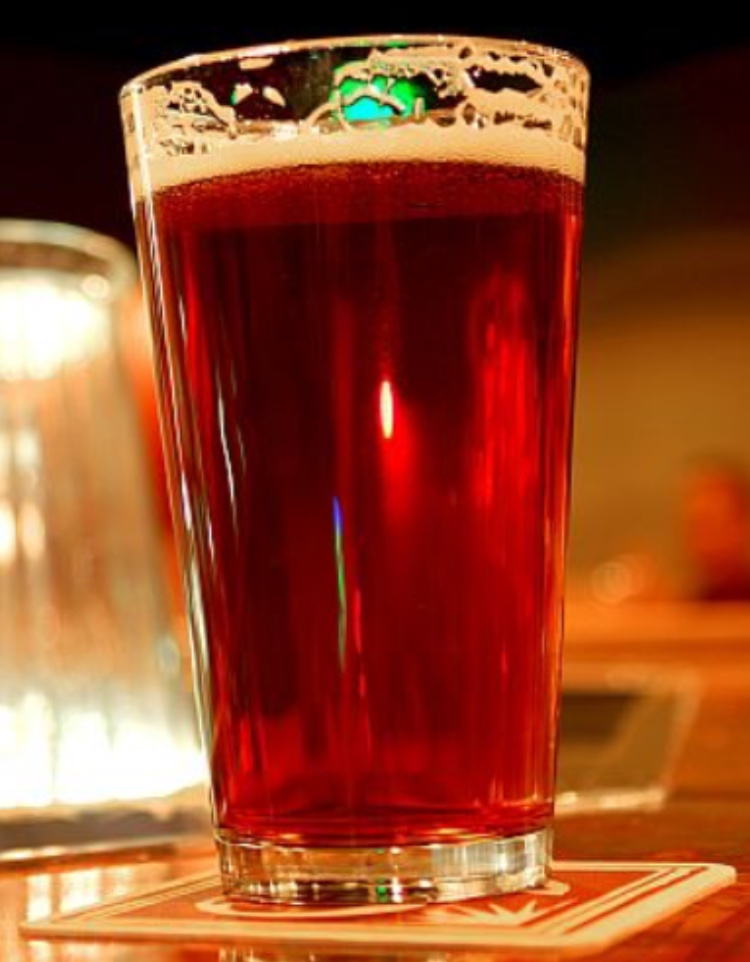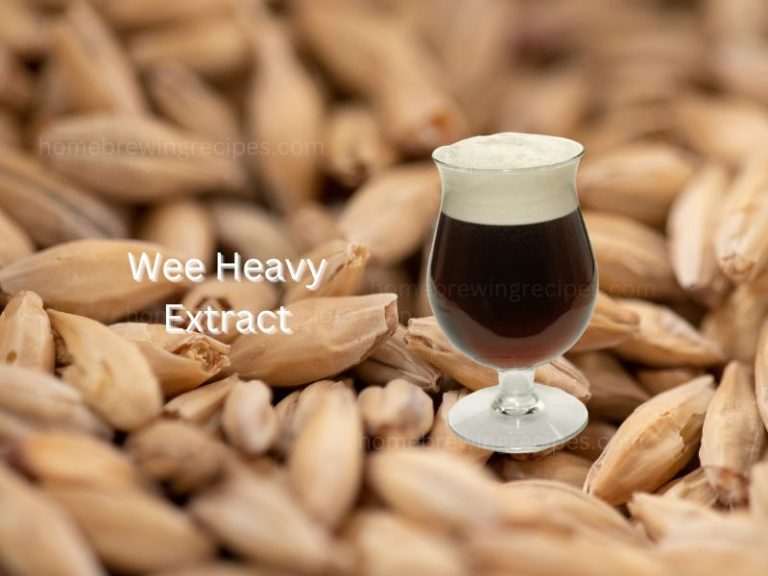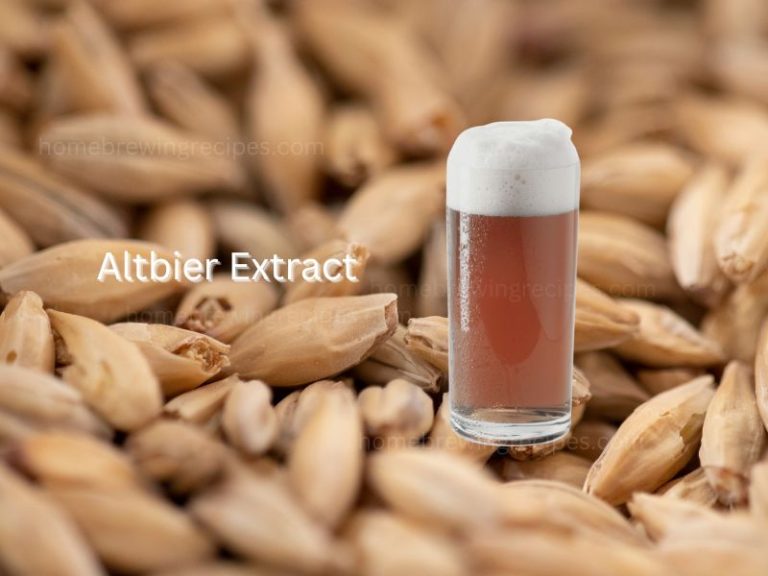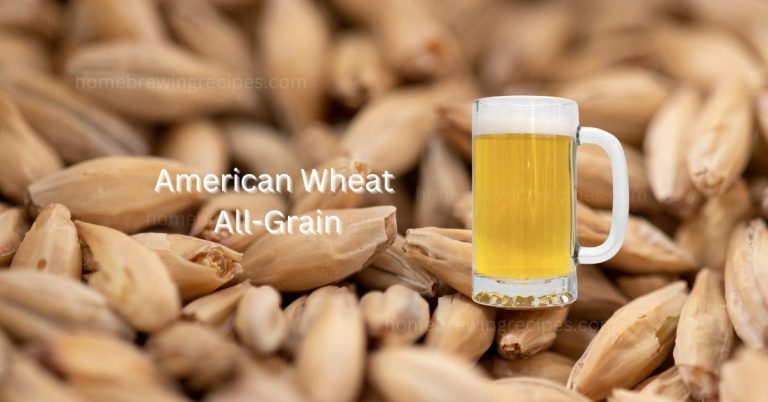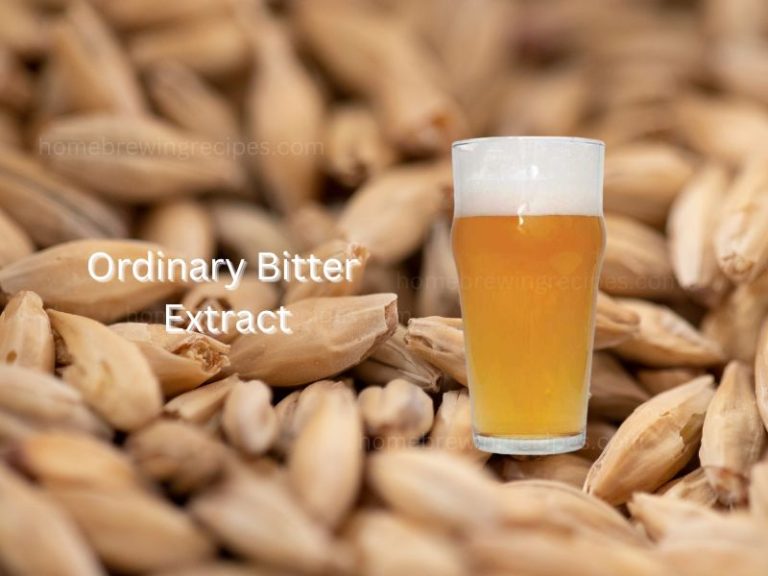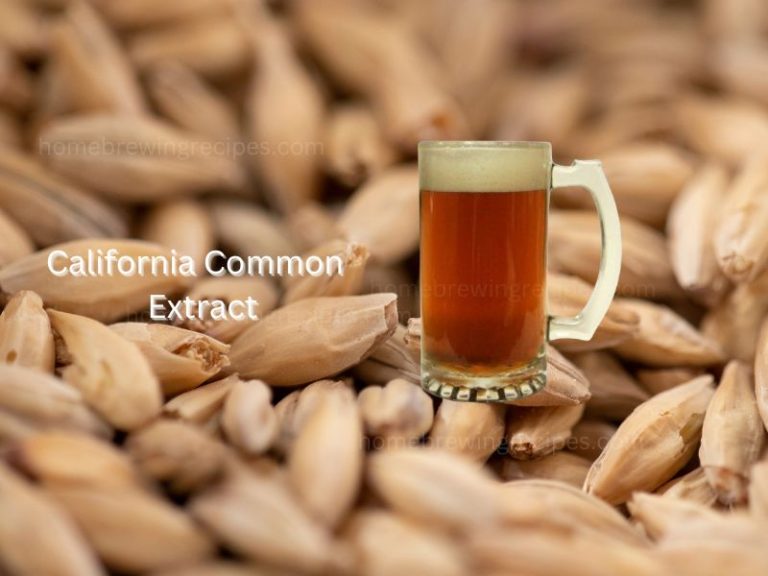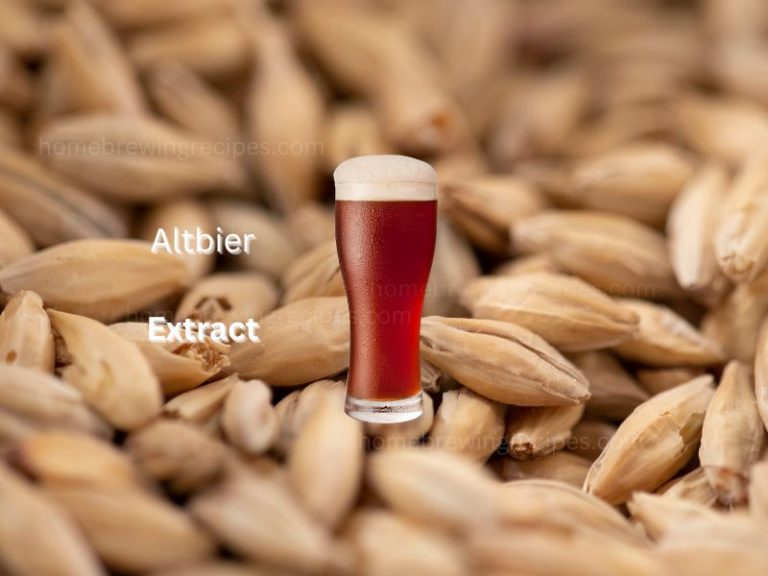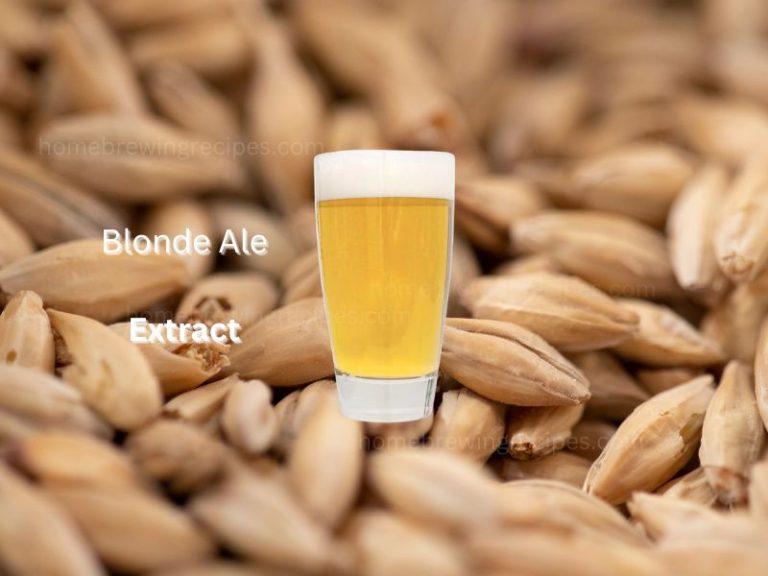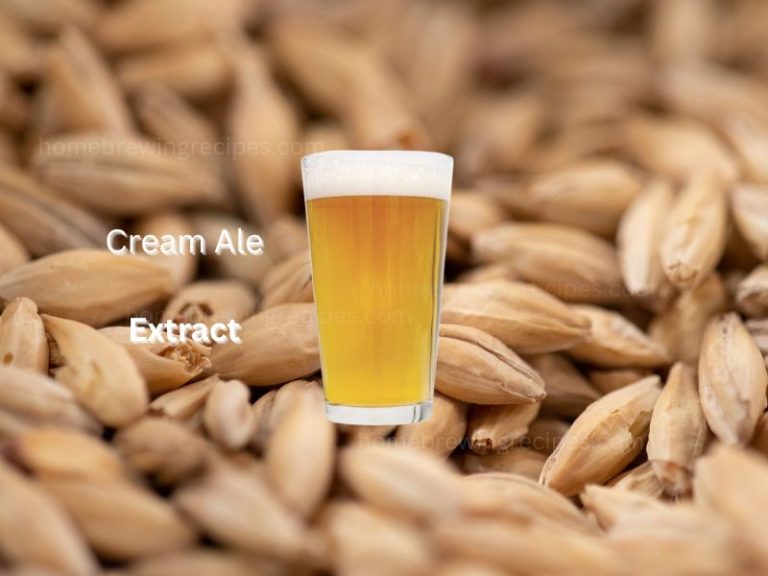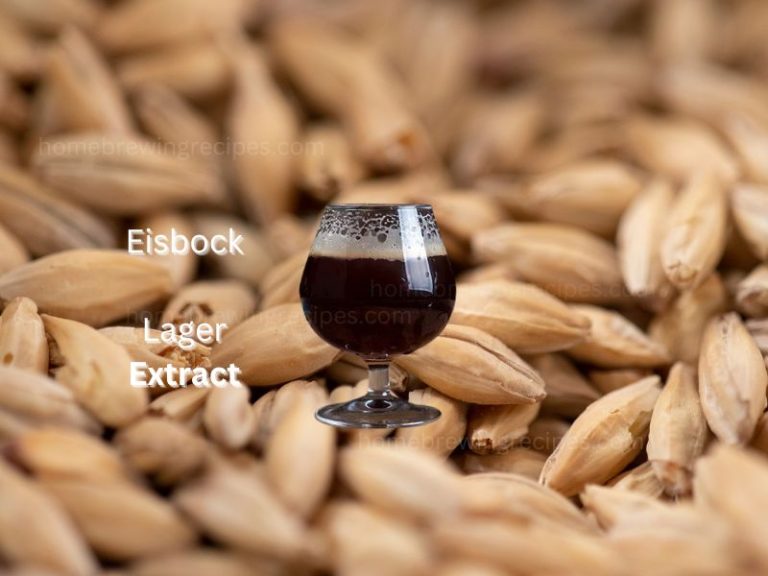Recipe Profile
Brewer: James Miller 6+ years brewing
It is helpful to have some basic brewing knowledge before taking on an all grain beer build. I would recommend doing a few extract beer brewing kits or taking some brewing classes to help understand the brewing process, especially if this is your first time brewing. Websites like this are a good start to learning a grain bill and recipe building. I recommend learning to use such beer programs as beer smith, beer tools, brewer’s friends etc. These Programs will help you in formulating a beer to style, water level adjustments, yeast pitching Rates, grain/hop percentages, ibu’s, srm, abv, mash and sparing temps, plus lots more. Joining a homebrew forum or club, talking to head brewers at breweries, reading brew books or watching youtube brewing tutorial videos are all good ways to get really good information. Finding a local homebrew shop comes in very handy for all your brewing needs, a good way to meet other home brewers and support local business.
All Grain Beer Recipe Style: Rye beer (all Grain) Batch size 5.5Gallons 70% efficiency 60 min boil
Single Infusion Mash Ibu’s 32.4 Color 8.7 srm Est. abv 6.4 Est. preboil Gravity 1.056
Est. Original gravity 1.065 Est final gravity 1.017
Grain bill
10 lbs 2row malt
2 lbs Rye malt
1 lb Flaked Rye
11oz Carmel/crystal 60 L
6oz Honey malt
Rice hulls half a bag
Hops
Simcoe .25oz @ 40 mins
Simcoe .25oz @ 30 mins
Amarillo .25oz @ 30 mins
Amarillo .50oz @ 10 mins
Simcoe .25oz @ 10mins
Amarillo 1oz @ 5mins
Additives
1 whirfloc (clarifier) tablet at 15mins
1 Tablespoon 5.2ph stabilizer added at mash
Fermentation 14 Days at 68 degrees
Mash/rest Temp 154 for 60 mins
Sparge @ 168 for 30-60mins or until desired wort volume is reached
As a homebrewer, I like to take all steps to achieve the best brew possible. When brewing I usually like to make a starter the night before, this helps with liquid yeast or yeast that might be slightly past their used by date. A starter can help increase your yeast cell count and get fermentation going faster, lets you know your yeast is viable an is at best pitching form. A starter can be made with DME (dry malt extract) and water. I like to use filtered water from the fridge, bring water and DME mix to a boil for 10/15mins, and then cool by pouring the wort into an Erlenmeyer flask or clear growler and allowing to cool to room temperature in the fridge, ice bath or sitting out. At this point, you want to make sure your yeast has also been out and is at same room temp as your starter before adding yeast. When making a starter always try to start with a 1.040 gravity or lower, so as not to stress out the yeast right from the start. You can test with a hydrometer to see your gravity reading and add water if your starter gravity is too high. Once your starter has been chilled and you have pitched your yeast, you can use a stir plate or less advanced technique light swirling. Swirl when you can to keep yeast in suspension and get your starter going, try to give your starter at least 24 hours. It’s important to pay attention to time, temperature and sanitation as a brewer. You might need a few all grain brews under your belt to properly dial in your brewing equipment and adjust for boil off, loss to trub, fermenter loss etc. Brewing programs that I mentioned earlier will help you calculate your losses and adjust to your desired batch size. The more you
brew also, the more you will find what hops, yeast, and malts you like best. I find smelling the hops and yeast when it is open, tasting some of the grains along the way, will help you to understand what you are, tasting and smelling in your finished beer. You can brew beer, true to Style guidelines or craft the brew any way you like, all that matters is, to have fun with it and make a beer you want to drink. Remember that homebrewers using simple techniques and equipment have made beers as great if not better than some of the professionals.
I like to prep some stuff the night before, to make brew day a bit quicker. I will measure out my water levels for sparging and mashing, make a yeast starter and mill my grains. Most local homebrew shops or online companies offer milling with grain purchasing. I have two 10 gallon igloo coolers that I used as my mash tun and hot liquor tank (HLT), with an 8 gallon brew kettle. The day of brew day I will pour out measured water into the brew kettle, place on my propane gas burner and heat water. Then I will carefully place brew kettle on my workbench with mitts, and open valve on kettle allowing gravity to fill my mash tun sitting on a milk crate on the floor. I keep my mash tun, HLT and milled grains at room temp the night before but also calculate any temp lose from them, using beer smith. Once the water in the mash tun has reached strike temp, I will mash in, having a second person to pour the grains, while you use a mash paddle to stir is ideal. You don’t want your mash to clump, you want to get full steeping of your grains an hit your target efficiency. I have dialed in my mash rest temp pretty well and normally hit my mark or come within a degree. I will close the lid on the mash tun and let sit for 60mins at mash rest temperature. Different styles of beer call for different mouthfeel and body of a beer, you can achieve this by adjusting your mash temp. In essence, a lower mash temp produces a beer with a lower final gravity that’s dry with a thinner body and crisp mouthfeel, while a beer mashed warmer is said to finish with a higher original gravity and be sweeter with a fuller body. While the mash is resting, I will heat up my sparge water in a brew kettle and transfer to Hot liquor tank, once again all temp lose accounted for. I will vorIauf for the last 5mins of the mash. Vorlauf is the process of clarifying the wort being drawn out of the mash tun. Often this is as simple as drawing 1-2L of wort at a time slowly into a container and then pouring softly back onto the top of mash taking care not to disturb the grain bed, it helps in reducing the loose grain particles, coming through when you begin to collect wort for the boil. I use a 3 tier setup, gravity fed with plastic hoses, I will connect one hose to the hot liquor tank and open valve and sparge over grain bed in the mash tun, while another hose is connected to an open valve on the front of the mash tun, feeding the wort to kettle. I like to keep the sparge rate and kettle fill at an even pace, trying to keep about an inch of water over the grain bed. Sparging helps you to collect any remaining sugars that may have been left behind in the grains. Sparge until you have collected desired boil volume. I will then stir wort with a metal spoon and take a pre-boil gravity reading. Proceed to bring wort to a boil for 60 mins, following all scheduled hop additions listed above. At the end of boil you want to chill your wort, to proper pitching temp, I used a wort chiller submerged in the wort while stirring, I will bring the temperature down to 68. If you do not have a wort chiller you can use the ice bath method in the kitchen sink or slop sink. Then I let the wort sit for 15mins to let anything that is in suspension from stirring settle. I take an original gravity reading, before gravity feeding with a hose to the fermenter. During boil oxygen in your wort becomes depleted, I like to use an oxygen wand with an oxygen tank to add oxygen to my wort for about 30 seconds. If you do not have an oxygen wand, you can substitute by shaking vigorously for a few mins. It’s at this time I will add my yeast starter and cap my fermenter with an airlock or blow off tube into Starsan. Track your fermentation, try to keep your fermenter in a dark place where you can keep the temperature as close to your desired temp as possible. If you have controlled fermentation awesome! Take a gravity reading toward the end of fermentation after the krasuen has dropped out and your airlock or blow off has no activity for a few days. If desired Final gravity has been reached, you are now ready to bottle or keg your beer. Cheers Enjoy!!
